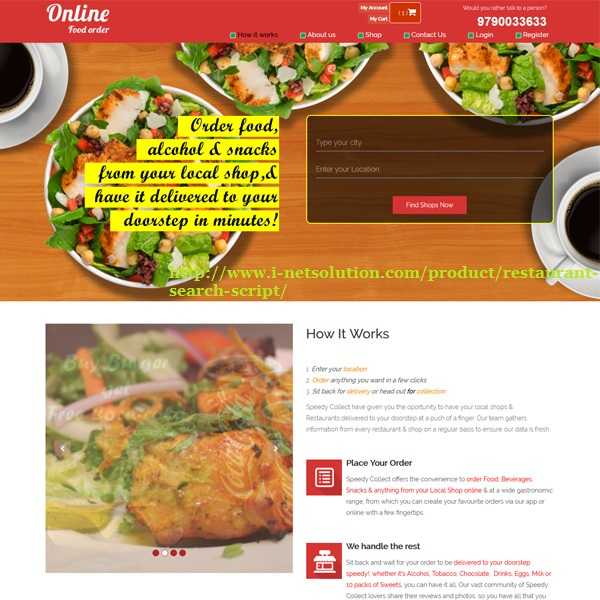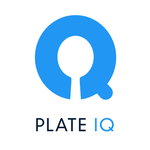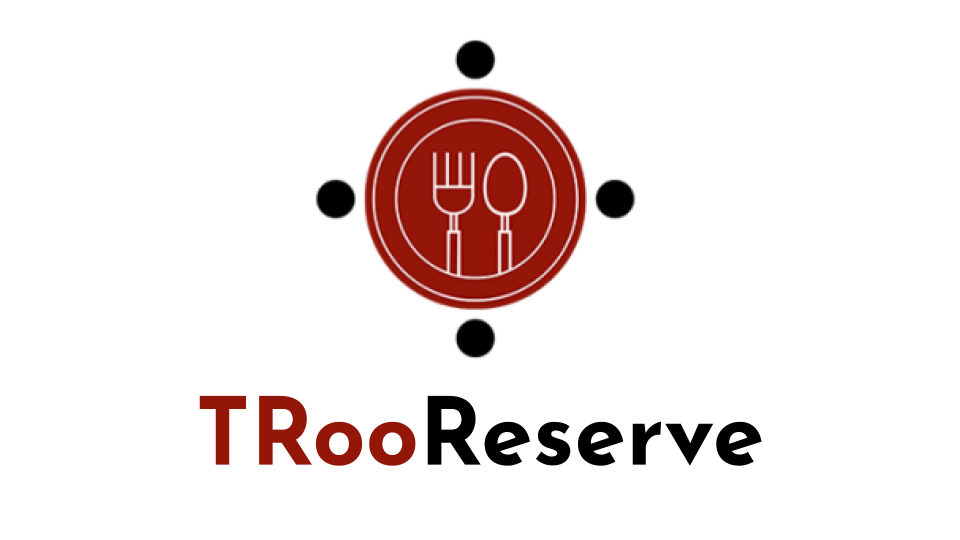Description

Advanced Just Eat clone

Oddle
Comprehensive Overview: Advanced Just Eat clone vs Oddle
Oddle and Just Eat, while both residing in the online food ordering and delivery space, cater to different markets and offer distinct features. Below is a comprehensive overview of Oddle and its comparison with an advanced Just Eat clone in several aspects:
a) Primary Functions and Target Markets
Oddle:
- Primary Functions:
- Online Ordering System: Oddle provides an end-to-end online ordering system for restaurants. This includes order management, menu customization, and integration with existing restaurant systems.
- Logistics and Delivery Support: Although Oddle focuses primarily on enabling restaurants to manage their own logistics, it occasionally partners with delivery service providers.
- Marketing and Analytics: Restaurants using Oddle can access embedded marketing tools and analytics dashboards to optimize their online sales and customer engagement.
- Target Markets:
- Local and Independent Restaurants: Oddle's primary focus is on enabling small to medium-sized food and beverage businesses to establish an online ordering presence without having to rely on third-party platforms.
- Southeast Asia: While Oddle is expanding, its predominant market is Southeast Asia, with significant traction in cities within Singapore, Malaysia, Hong Kong, and Taiwan.
Advanced Just Eat Clone:
-
Primary Functions:
- Platform for Consumers and Restaurants: Like the original Just Eat, a clone platform facilitates connections between customers and a variety of restaurants offering delivery and takeout options.
- Integrated Delivery Network: Most advanced clones will include their logistic infrastructure to handle deliveries.
- Customer Engagement and Retention: Features such as loyalty programs, promotions, and personalized recommendations.
-
Target Markets:
- Broad Consumer Base: Primarily targets users looking for convenient meal delivery from a wide array of chain and local restaurants.
- Expansive Geographies: Just Eat clones aim to serve urban areas in multiple countries, replicating the diverse approach of Just Eat, which has a large footprint in Europe.
b) Market Share and User Base
-
Oddle:
- Market Share: It operates in a niche market, predominantly serving Southeast Asia. While it doesn't compete directly with global giants like Just Eat or Uber Eats, it holds a significant place within its focused regional market.
- User Base: Consists mainly of restaurant owners and their customers who prefer a direct order-from-restaurant model.
-
Advanced Just Eat Clone:
- Market Share: These clones vary significantly in market share based on their developers and the specific regions they serve. Market share would not typically match that of the original Just Eat unless they have substantial backing and marketing.
- User Base: Typically large, growing continuously by attracting a spectrum of consumers from diverse urban regions who prioritize convenience.
c) Key Differentiating Factors
-
Business Model:
- Oddle: Focuses on empowering restaurants to maintain control over their customer relationships, branding, and logistics. Revenue is often generated from a subscription-based model plus small commissions.
- Just Eat Clone: Revenue largely comes from commissions on each order, with a more transactional approach.
-
Control and Independence:
- Oddle: Offers more independence to restaurants, allowing them to handle deliveries and customer interactions directly.
- Just Eat Clone: Acts as an intermediary, controlling more of the customer experience and delivery processes.
-
Technology and Features:
- Oddle: Provides comprehensive tools for restaurant management and integrates marketing functions for customer retention.
- Just Eat Clone: Prioritizes consumer-side features like app-based tracking, rating systems, and extensive third-party integrations.
-
Geographical Focus:
- Oddle: Primarily focused on Southeast Asia with deep localization efforts in its service offerings.
- Just Eat Clone: Often global in ambition, but local in execution, adapting to new markets with scalable infrastructure.
Oddle offers specialized solutions tailored for restaurant owners looking for a more hands-on approach, while Just Eat clones cater to a broader consumer-base desiring convenience and variety without directly operating the delivery network.
Contact Info

Year founded :
Not Available
Not Available
Not Available
Not Available
Not Available

Year founded :
2014
+65-6717-1291
Not Available
Singapore
Not Available
Feature Similarity Breakdown: Advanced Just Eat clone, Oddle
When comparing Oddle and an advanced Just Eat clone, it's important to analyze the core features they offer, their user interfaces, and any unique features that might differentiate one from the other. Here's a breakdown:
a) Core Features in Common
-
Restaurant Listings:
- Both platforms provide comprehensive listings of restaurants, including details such as cuisine type, location, and menu.
-
Online Ordering:
- Users can place orders directly through the platform, selecting items from digital menus.
-
Delivery and Pickup Options:
- Options for both delivery and pickup are available, giving users flexibility in how they receive their food.
-
Payment Integration:
- Secure, integrated payment systems supporting various payment methods (credit card, PayPal, etc.) are core features.
-
User Accounts and Profiles:
- Users can create accounts, save preferences, and view order history for a personalized experience.
-
Ratings and Reviews:
- Platforms allow users to rate restaurants and dishes and leave reviews.
-
Promotions and Discounts:
- Both offer promotional codes or discounts to encourage user engagement.
-
Order Tracking:
- Real-time order tracking to keep users informed of their order status.
b) User Interface Comparison
-
Design and Aesthetics:
- Just Eat clones often mimic Just Eat's clean, straightforward design focusing on usability. Oddle may have a more distinct style tailored to the brand it represents, potentially offering a more unique visual experience.
-
Navigation:
- Both platforms prioritize easy navigation, ensuring users can find restaurants and place orders efficiently. However, Oddle might offer more customization options for restaurants, leading to a slightly varied navigational experience for users across different eateries.
-
Mobile Experience:
- Both likely have optimized mobile apps or responsive website designs. Just Eat clones might closely follow Just Eat's app UI/UX, while Oddle could provide tailored mobile experiences based on specific business needs.
c) Unique Features
-
Oddle:
- Restaurant-Specific Customization: Oddle often allows for greater customization, enabling restaurants to tailor their digital storefronts more extensively.
- Integrated Marketing Tools: Oddle provides marketing tools to help restaurants engage directly with customers through campaigns and promotions.
- Data and Analytics: Oddle often offers detailed analytics to help restaurants understand customer behaviors and optimize their operations.
-
Just Eat Clone:
- Wider Reach and Brand Recognition: A clone may benefit from mimicking a well-known brand's look and feel, potentially attracting users familiar with the Just Eat ecosystem.
- Simplified Interface for Broader User Base: Designed to appeal to a general audience, the focus might be more on ease of use across a diverse user demographic.
In summary, while Oddle and an advanced Just Eat clone share many foundational features for food ordering and delivery, each has unique aspects that might make it more appealing to certain users or businesses. Oddle tends to offer more restaurant-focused tools and customization options, while a Just Eat clone may focus more on replicating a widely recognized and trusted user experience.
Features

Not Available

Not Available
Best Fit Use Cases: Advanced Just Eat clone, Oddle
Advanced Just Eat Clone
a) For what types of businesses or projects is an Advanced Just Eat clone the best choice?
-
Restaurants and Cafes: This solution is ideal for individual restaurant owners or chains looking to enhance their online presence and offer delivery and pickup services without investing in a fully custom-built application.
-
Food Delivery Startups: Entrepreneurs wanting to launch a local or regional food delivery service can use this clone to enter the market quickly with a tried-and-tested platform model.
-
Multi-Vendor Marketplaces: Businesses aiming to create a platform that connects multiple restaurants and eateries with customers can leverage the clone’s capabilities to manage vendor listings, orders, and customer interactions.
-
Franchises and Chains: Large franchises can use the clone to provide a unified online ordering system across various locations, enhancing brand consistency and streamlining order management.
d) How do these products cater to different industry verticals or company sizes?
-
Small to Medium Enterprises (SMEs): Ideal for SMEs as it offers scalability to grow with the business size while providing essential features out-of-the-box like customer management, order tracking, and real-time analytics.
-
Food and Beverage Industry: Specifically tailored for the food and beverage sector, supporting diverse cuisines and restaurant types with customization options for branding and menu management.
Oddle
b) In what scenarios would Oddle be the preferred option?
-
Comprehensive Order Management: Restaurants with a robust in-house dining experience looking to extend their operations online might prefer Oddle for its comprehensive order and inventory management capabilities.
-
Existing Restaurant Chains: Oddle is a great fit for established restaurant chains needing to unify their takeout and delivery channels with their current POS systems or in-house processes.
-
Direct-to-Consumer Solutions: Brands that prioritize direct interactions with consumers to maintain brand loyalty and reduce reliance on third-party platforms would benefit from Oddle’s direct-to-consumer model.
-
Custom Catering Services: Businesses offering customized catering services can use Oddle to manage complex orders and customer preferences while maintaining operational efficiency.
d) How do these products cater to different industry verticals or company sizes?
-
Medium to Large Enterprises: Particularly suitable for more extensive operations due to its ability to integrate with existing systems, providing utility in scaling operations and managing high-volume orders.
-
Broader Retail Industry: While primarily focused on restaurants, Oddle’s adaptability can be extended into retail sectors that require intricate inventory and order management, benefiting any business with an emphasis on significant customer interaction and service customization.
Both solutions offer unique advantages depending on the organization’s scale and focus, allowing enterprises across various verticals to choose the best fit according to their specific needs in the digital marketplace.
Pricing

Pricing Not Available

Pricing Not Available
Metrics History
Metrics History
Comparing undefined across companies
Conclusion & Final Verdict: Advanced Just Eat clone vs Oddle
When deciding between an Advanced Just Eat clone and Oddle, it is important to evaluate various factors such as cost, features, ease of use, scalability, customer support, and market fit. Here's a comprehensive conclusion and final verdict:
a) Best Overall Value
Oddle tends to offer the best overall value, especially for businesses that prioritize ease of use and customer support. It provides a good balance of features tailored specifically for the F&B industry, along with strong backend support which is crucial for scaling and maintaining business operations. While the initial costs may vary, Oddle's comprehensive suite and ongoing support often justify its value over time.
b) Pros and Cons
Advanced Just Eat Clone
Pros:
- Customization: Highly customizable, which allows businesses to tailor the platform exactly to their needs.
- Feature-rich: Often packed with features that can be adapted for various types of food delivery services.
- One-time Purchase: Typically, you pay once, rather than a subscription, which might be cost-effective in the long run.
Cons:
- Complexity: May require more technical expertise to set up and maintain, which could be challenging for small business owners.
- Support Limitations: Limited customer support might pose an issue if extensive guidance is needed.
- Scalability Concerns: While customizable, scaling could be cumbersome as it might involve more manual adjustments.
Oddle
Pros:
- User-Friendly: Known for being intuitive, making it easy for businesses to hit the ground running.
- Comprehensive Support: Offers strong customer support and training resources.
- Industry Focused: Tailored specifically for the F&B sector, which means its features are more aligned with restaurant and delivery needs.
- Subscription Model: Regular updates and improvements with ongoing subscription.
Cons:
- Cost: The subscription model could be more expensive in the long run compared to a one-time purchase.
- Flexibility: While it provides comprehensive features, it might be less flexible for unique or niche requirements.
- Dependence on External Platform: Relies on the service provider for updates and support, which might be a limitation if Oddle's service changes.
c) Recommendations for Users
-
For tech-savvy businesses or those with specific custom requirements, an Advanced Just Eat clone could prove to be more effective due to its high level of customization and feature adaptability.
-
For small to medium-sized F&B businesses that prefer a streamlined process with robust support and industry-targeted features, Oddle would be a better choice.
-
Budget Considerations: Evaluate the total cost of ownership over time, taking into account potential setup/configuration expenses for the Advanced Just Eat clone and subscription costs for Oddle.
-
Scalability Needs: Consider future growth. If you anticipate rapid expansion or need extensive support, Oddle's ongoing service model may be beneficial. Conversely, if you have robust internal IT capabilities, managing a Just Eat clone might provide flexibility.
Ultimately, the choice will depend on your specific business needs, technical capabilities, and long-term goals. Assess your current workflow, technical staff expertise, and desired features before making a decision.
Add to compare
Add similar companies




